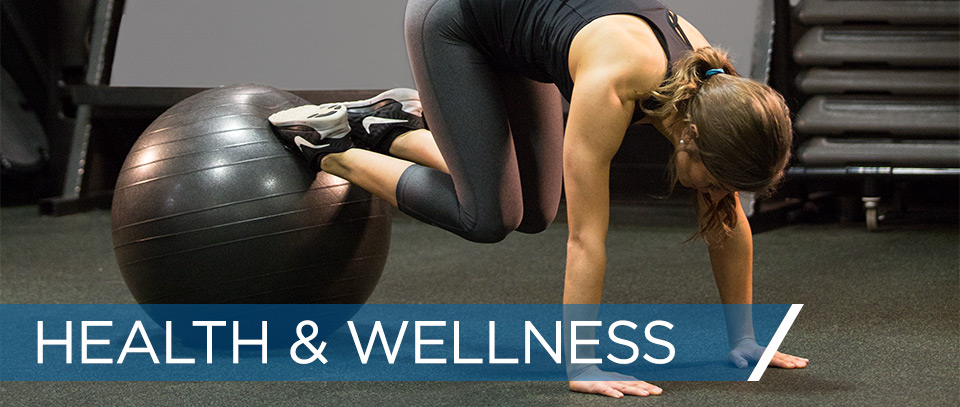Each year, more and more people are joining health clubs and hiring personal trainers with a goal to “get healthy”. As a personal trainer, I like to sit down with new clients before our very first session and have them rank their fitness goals according to what is the most important to them. I have found that more often than not people are ranking “be healthy” higher than “weight loss”. I think there are two reasons for this:
- they know that weight loss will be a pleasant side effect to getting healthy
- they are tired of feeling… tired.
But what does it mean to be healthy? Health, wellness, and physical fitness all require the same commitment. Regular physical activity and good dietary choices will result in health benefits. In short, you don’t have to look like a magazine cover model in order to feel better and be healthy.
What are the other “pleasant side effects” to training for health & wellness?
Coordination
As it relates to the human body, coordination develops as a result of training our brain-body connection. Many functional exercises require several joints and muscle groups to work together to complete a repetition. Similar to life, it is far more common for us to squat down to pick something up and rotate to put it on a shelf than for us to sit and push or pull something.
Core Strength
As you squat and press, lunge and lift, and pull and rotate you activate and train the center support musculature, or core muscles. Core training exercises build strength far beyond the “6-pack” muscles. Deep core musculature of the obliques, lower back, and shoulder and hip girdles get stronger with the unstable, multi-joint movements performed on a stability ball or with a medicine ball.
Mobility
Greater mobility requires more than just flexibility; it requires greater joint range of motion. Movement quality will improve with increased range of motion of the hips, shoulders, and thoracic spine. Combining flexibility exercises such as static stretching with mobility techniques such as foam rolling and dynamic warm up calisthenics will have you and your client’s “feeling better” even before the workout begins.
Health clubs are beginning to create spaces within their facilities to accommodate the functional training shift. The trend is to leave open space in a new facility or to create space in an existing facility – even if that means removing some traditional cardio or strength training equipment to do so. This open space allows members to train to move better, in all three-planes of motion which allows them to function better in our 360° world.
Fitness is so much more than just a number on a scale or a percentile on a BMI chart. Fitness professionals and health clubs are gaining recognition as preventative health care providers. Keep this in mind as you are talking to prospective members who want more than to just “lose weight”.
